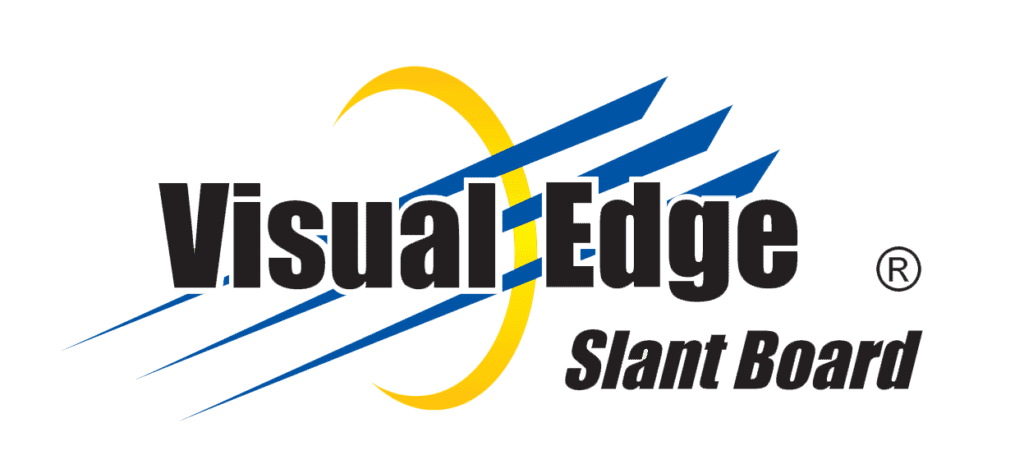Dyslexia, Learning, Vision Processing
Vision, Learning, And Dyslexia
Vision and learning, many children and adults continue to struggle with learning in the classroom and the workplace. Advances in information technology, its expanding necessity, and its accessibility are placing greater demands on people for efficient learning and information processing.(1,2) Learning is accomplished through complex and interrelated processes, one of which is vision. Determining the relationships between vision and learning involves more than evaluating eye health and visual acuity (clarity of sight). Problems in identifying and treating people with learning-related vision problems arise when such a limited definition of vision is employed.(3) This policy statement addresses these issues, which are important to individuals who have learning-related vision problems, their families, their teachers, the educational system and society.
Policy Statement
People at risk for learning-related vision problems should receive a comprehensive optometric evaluation. This evaluation should be conducted as
part of a multidisciplinary approach in which all appropriate areas of function are evaluated and managed.(4) The role of the optometrist when evaluating people for learning-related vision problems is to conduct a thorough assessment of eye health and visual functions and communicate the results and recommendations.(5) The management plan may include treatment, guidance and appropriate referral. The expected outcome of optometric intervention is an improvement in visual function with the alleviation of associated signs and symptoms. Optometric intervention for people with
learning-related vision problems consists of lenses, prisms, and vision therapy.
Vision therapy does not directly treat learning disabilities or dyslexia.(6,7) Vision
therapy is a treatment to improve visual efficiency and visual processing, thereby allowing the person to be more responsive to educational instruction.(4,8) It does not preclude any other form of treatment and should be a part of a multidisciplinary approach to learning disabilities.(6,7)
Pertinent Issues
Vision is a fundamental factor in the learning process. The three interrelated
areas of visual function are:
- Visual pathway integrity including eye health, visual acuity and refractive status
- Visual efficiency including accommodation (focusing), binocular vision (eye teaming) and eye movements
- Visual information processing including identification and discrimination, spatial awareness, and integration with other senses.
To identify learning-related vision problems, each of these interrelated areas
must be fully evaluated. Educational, neuropsychological and medical research
has suggested distinct subtypes of learning difficulties.(9,10) Current research
indicates that some people with reading difficulties have co-existing visual and
language processing deficits.(11) For this reason, no single treatment, profession or discipline can be expected to adequately address all of their needs. Unresolved visual deficits can impair the ability to respond fully to educational instruction.(12,13) Management may require optical correction, vision therapy, or a combination of both. Vision therapy, the art and science of developing and enhancing visual abilities and remediating vision dysfunction, has a firm foundation in vision science, and both its application and efficacy have been established in the scientific literature.(14-17) Some sources have erroneously associated optometric vision therapy with controversial and unfounded therapies, and equate eye defects with visual dysfunction.(18-21) The eyes, visual pathways and brain comprise the visual system. Therefore, to understand the complexities of visual function, one must look at the total visual system. Recent research has demonstrated that some people with reading disabilities have deficits in the transmission of information to the brain through a defective visual pathway.(22-25) This creates confusion and disrupts the normal visual timing
functions in reading.
Visual defects, such as a restriction in the visual field, can have a substantial
impact on reading performance.(26) Eye strain and double vision resulting from
convergence insufficiency can be a significant handicap to learning.(27) There
are more subtle visual defects that influence learning affecting different people to different degrees. Vision is a multifaceted process and its relationships to reading and learning are complex.(28,29) Each area of visual function must be
considered in the evaluation of people who are experiencing reading or other
learning problems. Likewise, treatment programs for learning-related vision
problems must be designed individually to meet each person’s unique needs.
Summary
- Vision problems can and often do interfere with learning.
- People at risk for learning-related vision problems should be evaluated by an optometrist who provides diagnostic and management services in this area.
- he goal of optometric intervention is to improve visual function and alleviate associated signs and symptoms.
- Prompt remediation of learning-related vision problems enhances the ability of children and adults to perform to their full potential.
- People with learning problems require help from many disciplines to meet the learning challenges they face. Optometric involvement constitutes one aspect of the multidisciplinary management approach required to prepare the individual for lifelong learning.
This Policy Statement was formulated by a Task Force representing the College
of Optometrists in Vision Development, the American Optometric Association, and the American Academy of Optometry.
Approved by:
- College of Optometrists in Vision Development, October 1996
- American Academy of Optometry, January 1997
- American Foundation for Vision Awareness, February 1997
- American Optometric Association, March 1997
- Optometric Extension Program Foundation, April 1997

